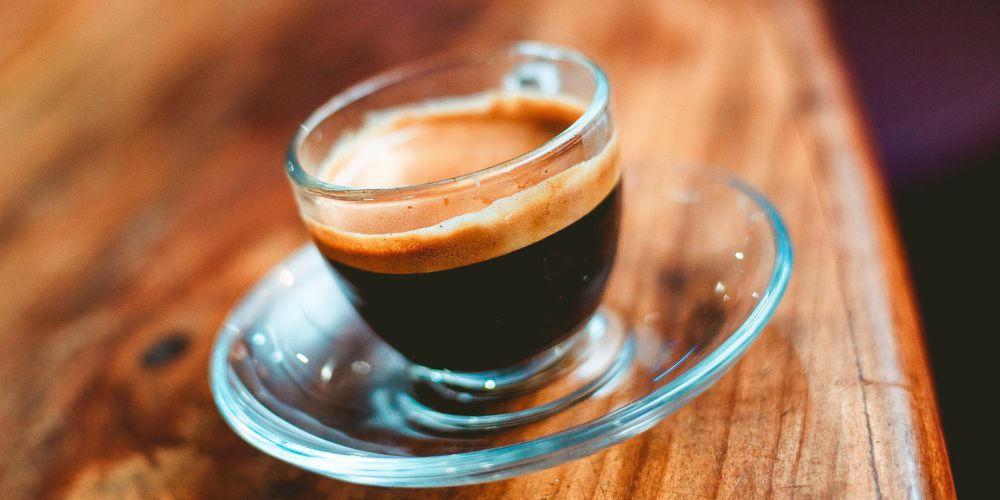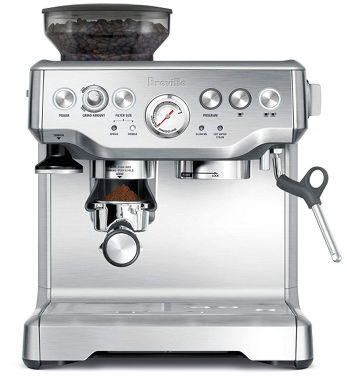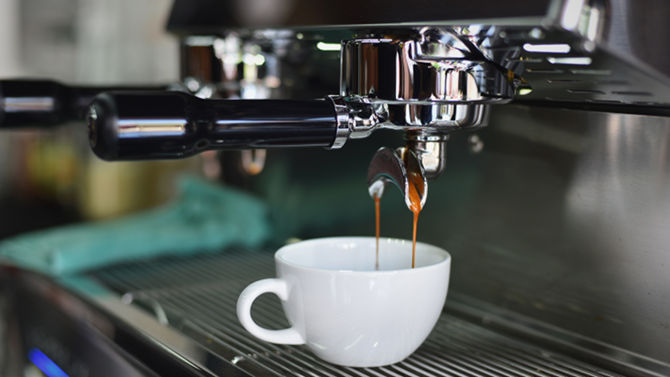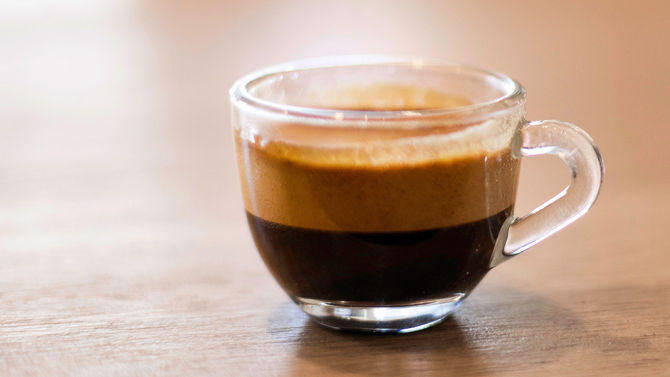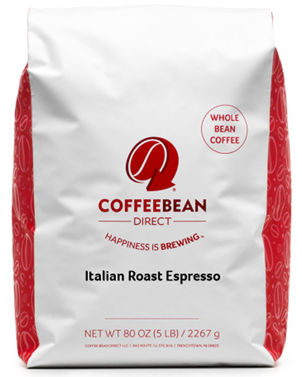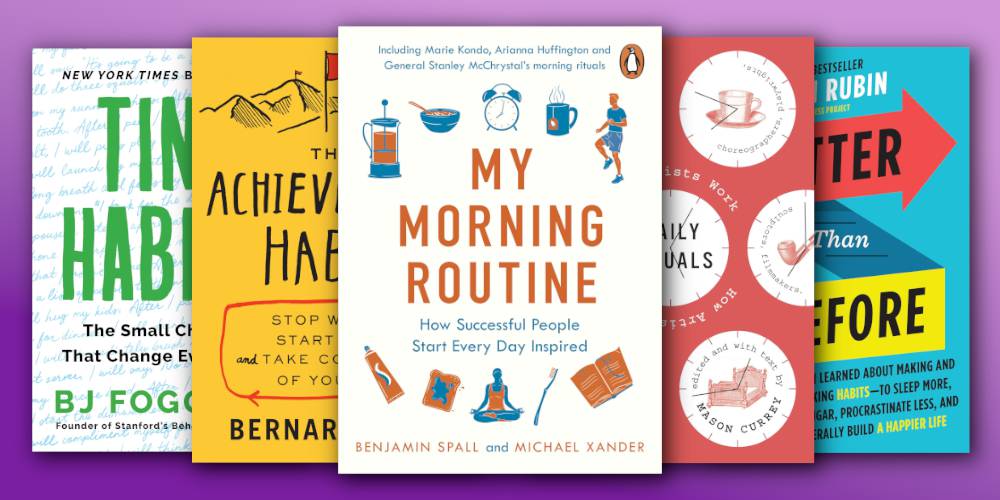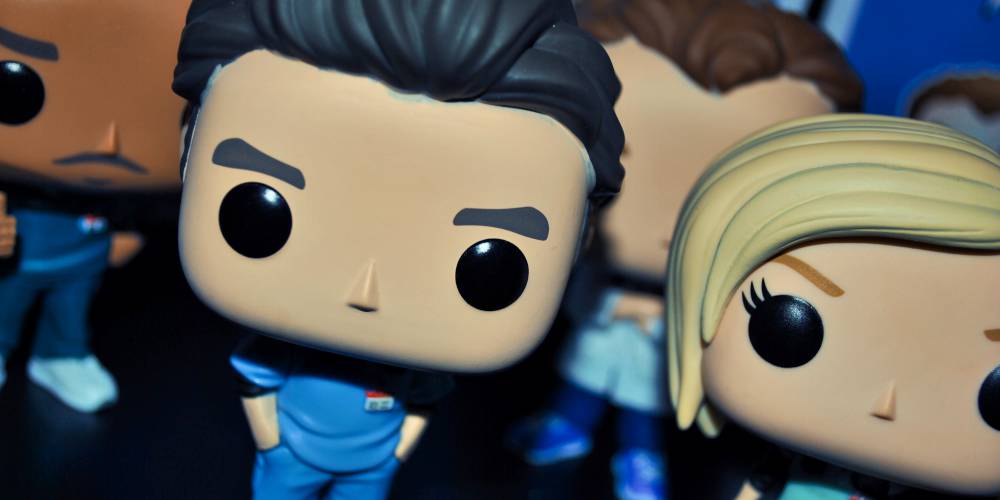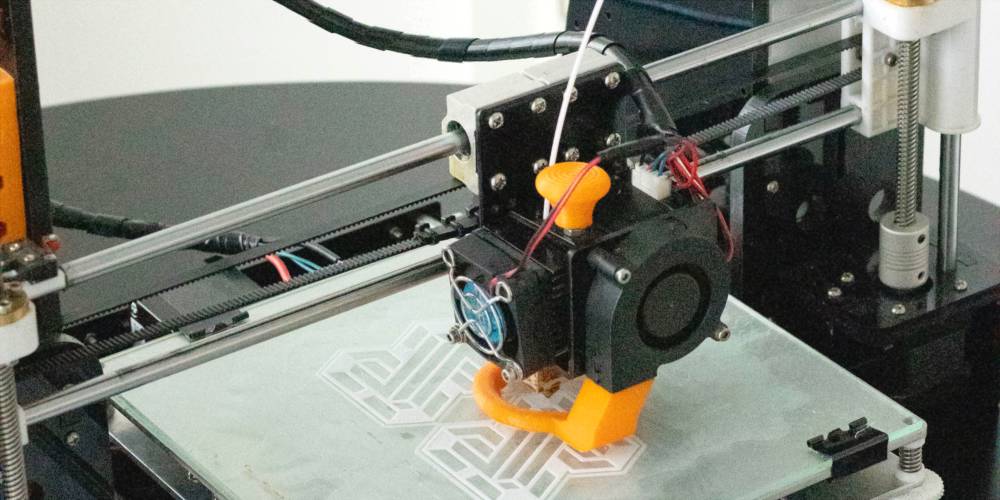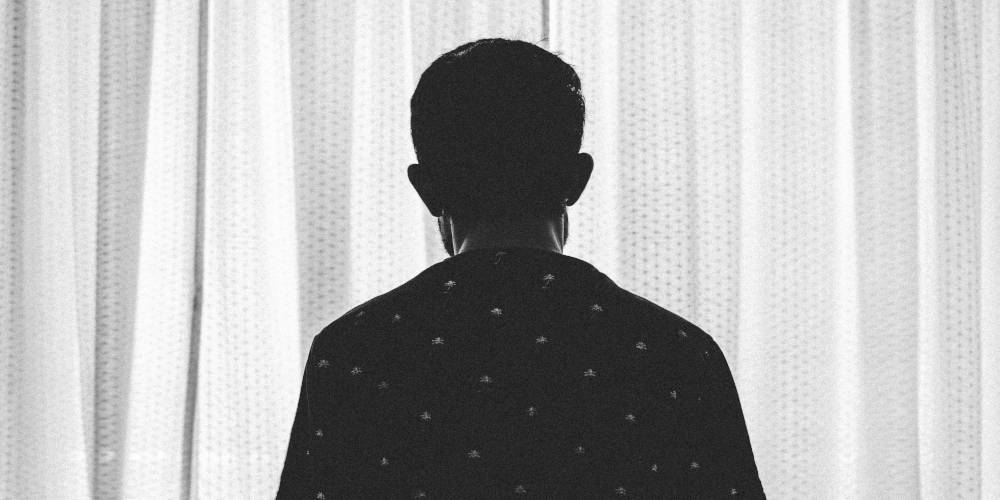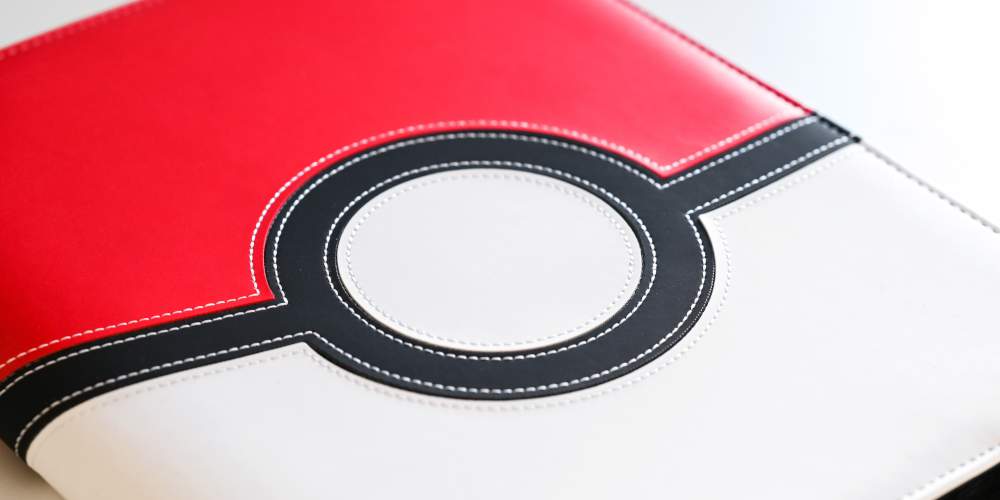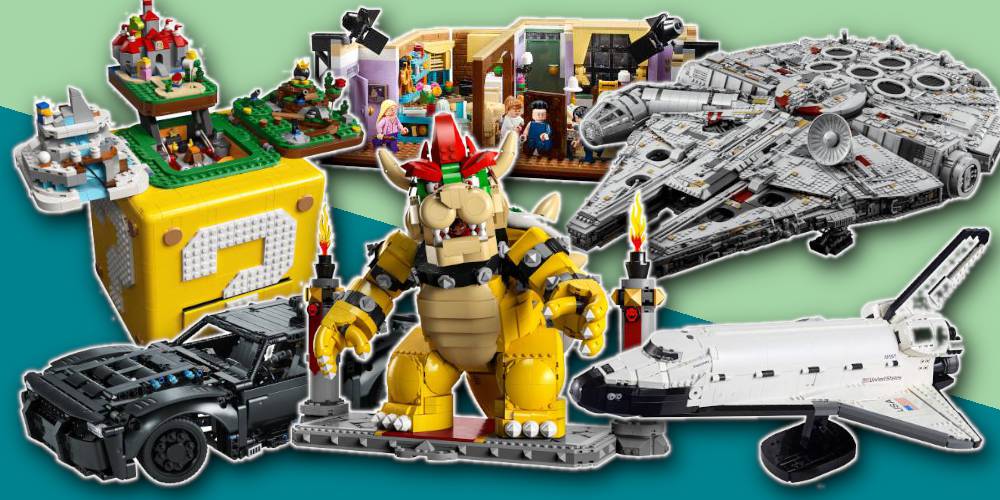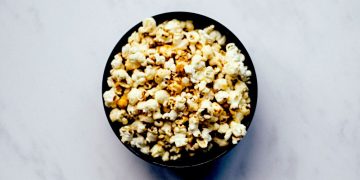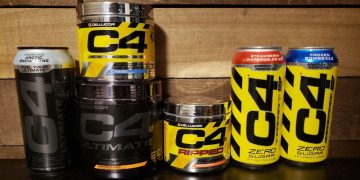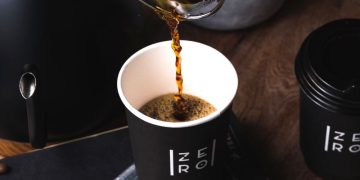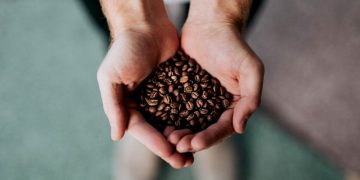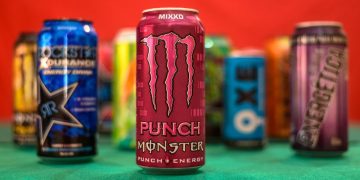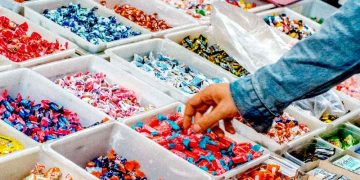What Makes Espresso Special?
Espresso is a type of coffee. To be even more technically correct, espresso is acoffee extraction method.
Just as you can use a Chemex coffeemaker for pour-over extraction or a French press for immersion extraction, you use an espresso machine for espresso extraction.
Theespresso extraction methodtakes finely ground coffee beans and forces steam (or hot pressurized water that’s close to steam) through the grounds.
When the steam/water touches the grounds, the flavor compounds are pulled out and carried along with the steam/water, which ends up in the cup. You need anespresso machineto do this because it’s a delicate and precise process.
But what’s so “good” about this way of making coffee?
Pour-over coffee is usually ground to a medium size and brewed for 1-2 minutes. French press coffee is usually ground to a coarse size and brewed for 4-6 minutes. But an espresso shot? It’s groundsuper fineand “brewed” within 20-30 seconds.
Since the coffee beans used in espresso are ground so finely, you don’t need much steam to fully extract the goodness from them.
As steam flows through espresso coffee grinds, it condenses into liquid—and you end up with all the flavor compounds from the coffee beans in a much smaller volume of liquid than if you had done a drip, pour-over, or immersion brew.
Whereas a normal cup of coffee is 6 ounces, a shot of espresso is only2 ounces. (This is technically a double shot, but nobody pulls 1-ounce shots of espresso anymore. The double shot is now standard, at Starbucks and elsewhere.)
The concentrated nature of espresso makes it a more flexible ingredient for coffee-based drinks, which is whymostcoffee drinks start with a shot of espresso.
Cremais a layer of foam that naturally occurs on top when pulling a fresh shot of espresso.
When coffee beans are roasted, their chemical makeup changes—and one of the results is a build-up of carbon dioxide within. This carbon dioxide gets flushed out during the extraction process.
That’s why you see bubbling when doing pour-over or immersion brews: that’s the carbon dioxide being released! The amount of gas released is a sign of how freshly roasted the beans are; if there isn’t much crema, the beans have likely gone stale.
The same thing happens when pulling espresso: carbon dioxide is released when the hot, pressurized water touches the fine grounds. That gas comes out with the espresso, bubbles up to the top, and creates the layer of foam that we callcrema.
And espresso tastes different when it’s mixed with carbon dioxide, which is why crema tastes different than straight espresso—and it can change the taste of your espresso if it gets mixed in.
The Taste of Espresso vs. Coffee
When coffee grinds touch water, the flavor compounds within the grinds start to seep out. But different compounds have different rates of diffusion!
For example, the “earthy” compounds may extract quickly while the “bitter” compounds take longer.
Even if you start with the same exact coffee beans, a shot of espresso will taste completely different than a French press brew—because they have different ratios of flavor compounds.
Remember how an immersion brew takes up to 6 minutes while an espresso shot can be pulled in just 20-30 seconds? That difference is what brings out different flavors in the bean.
Don’t believe me? You can test this out yourself.
Grab yourself a drip machine, an AeroPress, a French press, a Chemex, or whatever combination of coffee brewing methods you want to compare.
Using the same exact beans, brew 6 ounces of coffee using each method. Then pull a 2-ounce espresso shot and add 4 ounces of water. (This is called acafe Americano.)
Then compare the tastes.
You’ll notice that espresso-plus-water tastes a lot stronger than normal black coffee—even despite the same volume of liquid. That’s because espresso extraction produces a more intense ratio of flavor compounds.
I always thought that “black coffee” and “cafe Americano” were the same thing, but my world was rocked the first time I tried this.
No Such Thing as “Espresso Beans”?
The bags labelled “espresso beans” are using the term “espresso” in a misleading way.
Remember: espresso generally tastes stronger than coffee. The “espresso bean,” which is basically just a darker roast, is meant to satisfy coffee drinkers who want stronger-tasting coffee.
You can make espresso usinganykind of coffee bean; dark roasts arenotnecessary. In fact, espresso made with lightly-roasted coffee beans can taste amazing.
“Espresso” refers to the method of extraction. That’s it!
Espresso vs. Coffee: The Final Verdict
Is espresso better than coffee? Well…
Drink what you like. Your preference is your preference. I love both!
Espresso Is Fast
Pour-over coffee is usually ground to a medium size and brewed for 1-2 minutes. French press coffee is usually ground to a coarse size and brewed for 4-6 minutes. But an espresso shot? It’s groundsuper fineand “brewed” within 20-30 seconds.
Espresso Is Concentrated
Since the coffee beans used in espresso are ground so finely, you don’t need much steam to fully extract the goodness from them.
As steam flows through espresso coffee grinds, it condenses into liquid—and you end up with all the flavor compounds from the coffee beans in a much smaller volume of liquid than if you had done a drip, pour-over, or immersion brew.
Whereas a normal cup of coffee is 6 ounces, a shot of espresso is only2 ounces. (This is technically a double shot, but nobody pulls 1-ounce shots of espresso anymore. The double shot is now standard, at Starbucks and elsewhere.)
The concentrated nature of espresso makes it a more flexible ingredient for coffee-based drinks, which is whymostcoffee drinks start with a shot of espresso.
Espresso Produces Crema
Cremais a layer of foam that naturally occurs on top when pulling a fresh shot of espresso.
When coffee beans are roasted, their chemical makeup changes—and one of the results is a build-up of carbon dioxide within. This carbon dioxide gets flushed out during the extraction process.
That’s why you see bubbling when doing pour-over or immersion brews: that’s the carbon dioxide being released! The amount of gas released is a sign of how freshly roasted the beans are; if there isn’t much crema, the beans have likely gone stale.
The same thing happens when pulling espresso: carbon dioxide is released when the hot, pressurized water touches the fine grounds. That gas comes out with the espresso, bubbles up to the top, and creates the layer of foam that we callcrema.
And espresso tastes different when it’s mixed with carbon dioxide, which is why crema tastes different than straight espresso—and it can change the taste of your espresso if it gets mixed in.
When coffee grinds touch water, the flavor compounds within the grinds start to seep out. But different compounds have different rates of diffusion!
For example, the “earthy” compounds may extract quickly while the “bitter” compounds take longer.
Even if you start with the same exact coffee beans, a shot of espresso will taste completely different than a French press brew—because they have different ratios of flavor compounds.
Remember how an immersion brew takes up to 6 minutes while an espresso shot can be pulled in just 20-30 seconds? That difference is what brings out different flavors in the bean.
Don’t believe me? You can test this out yourself.
Grab yourself a drip machine, an AeroPress, a French press, a Chemex, or whatever combination of coffee brewing methods you want to compare.
Using the same exact beans, brew 6 ounces of coffee using each method. Then pull a 2-ounce espresso shot and add 4 ounces of water. (This is called acafe Americano.)
Then compare the tastes.
You’ll notice that espresso-plus-water tastes a lot stronger than normal black coffee—even despite the same volume of liquid. That’s because espresso extraction produces a more intense ratio of flavor compounds.
I always thought that “black coffee” and “cafe Americano” were the same thing, but my world was rocked the first time I tried this.
The bags labelled “espresso beans” are using the term “espresso” in a misleading way.
Remember: espresso generally tastes stronger than coffee. The “espresso bean,” which is basically just a darker roast, is meant to satisfy coffee drinkers who want stronger-tasting coffee.
You can make espresso usinganykind of coffee bean; dark roasts arenotnecessary. In fact, espresso made with lightly-roasted coffee beans can taste amazing.
“Espresso” refers to the method of extraction. That’s it!
Is espresso better than coffee? Well…
Drink what you like. Your preference is your preference. I love both!



![]()
